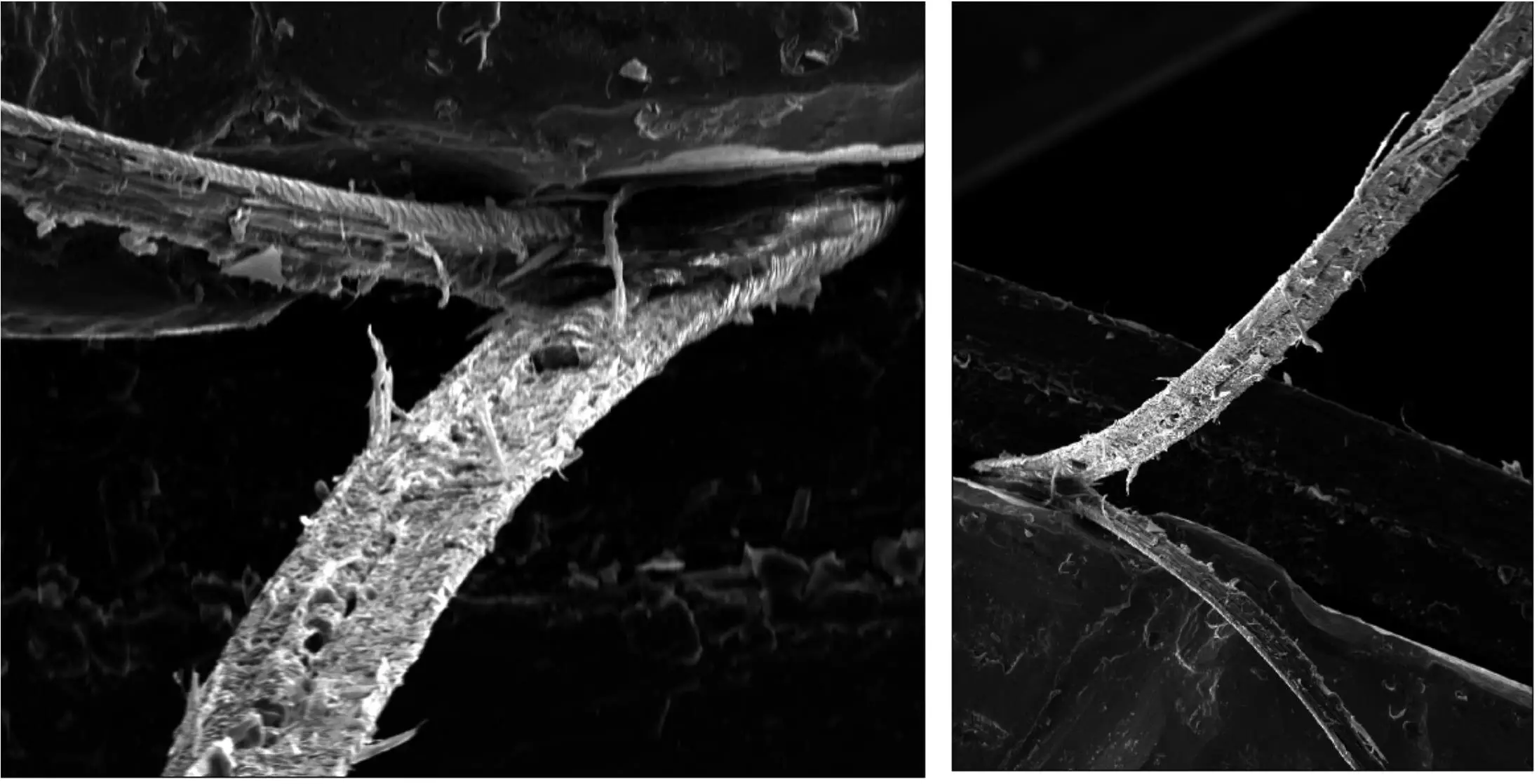Hair care is something that most people are concerned about, especially when it comes to split ends. It is a common hair problem that many individuals face, yet the science behind it remains poorly understood. Despite being accused of “splitting hairs,” a team at Trinity College Dublin, led by Professor David Taylor, has taken on the challenge to delve deeper into this knotty problem. The research conducted at the Trinity Centre for Biomedical Engineering covers a wide range of natural materials, but hair was a new area of study for Prof. Taylor and his colleagues.
In collaboration with cosmetics company L’Oreal, the team at Trinity College Dublin developed the innovative “Moving Loop Fatigue Machine.” This machine is expertly designed to recreate the process of hair getting tangled and then combed out, simulating what happens in real-life scenarios. The results of their research, recently published in the journal Interface Focus, shed light on the intricate mechanics of split ends. By testing two types of hair samples – one from a person with split ends and another from a person without split ends – the team was able to generate splits in both types of hair. Interestingly, the hair that was prone to splitting exhibited splits more quickly and of greater length compared to the non-splitting hair sample. Furthermore, when subjected to bleaching, the non-splitting hair began to exhibit splitting similar to the sample prone to splits.
Implications for Hair Care Industry
Isobel Duffy, one of the researchers on the team, expressed her amazement at the effectiveness of the machine in creating splits in hair strands. This breakthrough opens up avenues for further research into why some individuals’ hair is more prone to splitting than others. It also allows for a closer examination of the impact of various cosmetic treatments on hair quality. Prof. David Taylor emphasized that this research marks a significant stride towards a scientific understanding of hair biomechanics, particularly concerning split ends. The possibilities for future studies are vast, including more extensive experimental programs involving a diverse range of hair types, varying environmental conditions, and different treatments.
Hair is a complex material, yet our understanding of its intricacies remains limited. The work carried out by the team at Trinity College Dublin holds promise in expanding our knowledge of hair and its properties. As Robert Teeling, another team member, reflected on his unexpected journey from an engineering student to testing hair samples, it becomes apparent that there is still much to learn and explore in the realm of hair care. The implications of this research extend beyond academia, potentially influencing the cosmetics industry and the millions of individuals worldwide who seek to maintain healthy and lustrous hair.
The study conducted by the team at Trinity College Dublin represents a significant advancement in the field of hair science. By developing a specialized machine to replicate hair splitting, the researchers have laid the foundation for a more thorough investigation into the factors contributing to split ends. As our understanding of hair mechanics deepens, so too will our ability to develop effective hair care solutions tailored to individual needs.


Leave a Reply